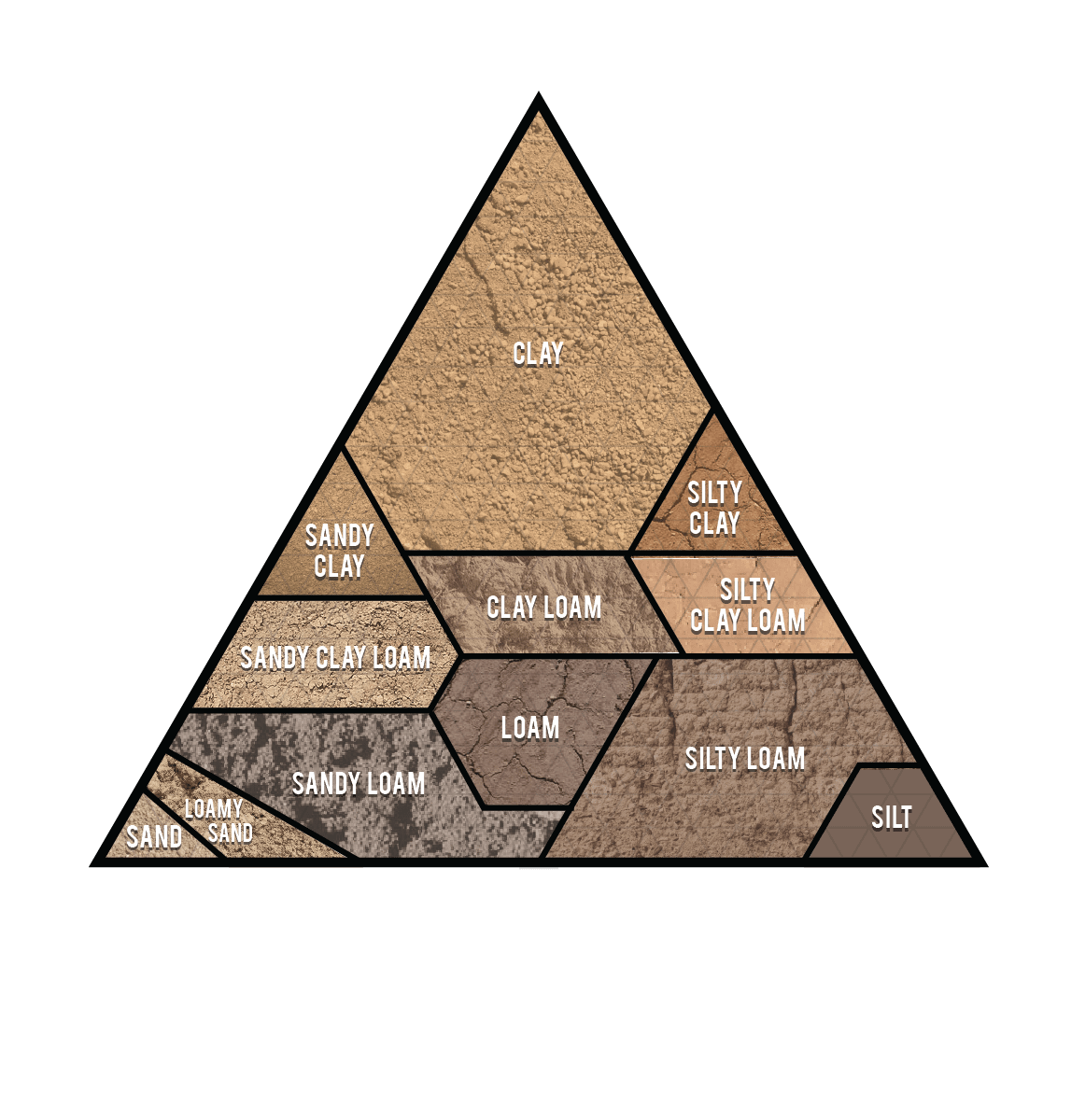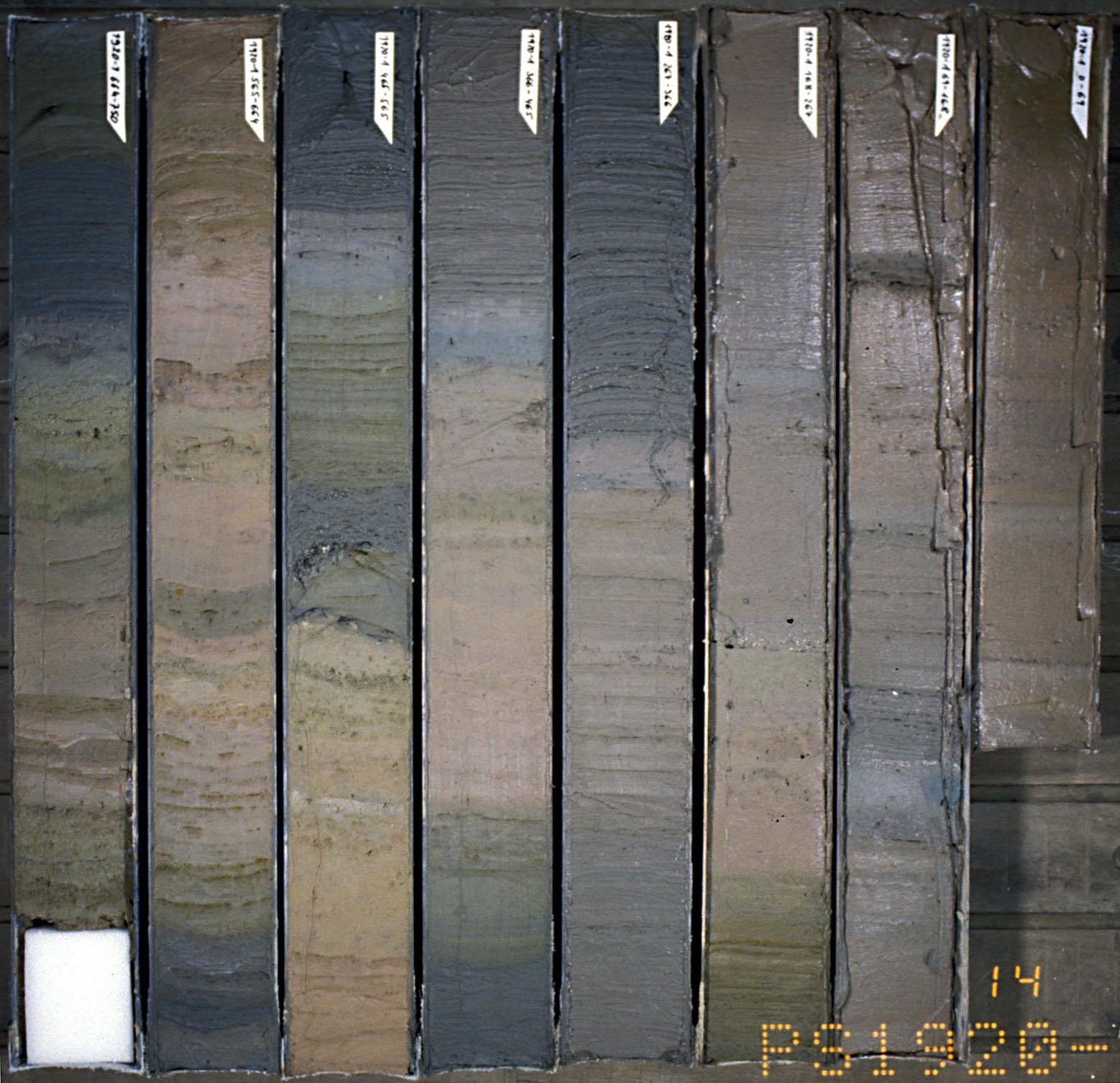I'm in Chicago, on the West Side, with two adjoining lots of uncertain history.
The lot I live in had no garage going back several decades, but I pulled out a foundation for something smallish when I laid down sod after moving in; and when I dug the posts for the fence (and raised beds) I found not one but two brick patios, one about six inches down and one about eighteen inches down. Also a lot of garbage, car parts, old clothes, and plastic.
The second lot has a sunken area with a footprint the same size as my brick four-square. I don't know if the limestone foundation is still down there. We filled in the area with wood chips to keep down weeds and reduce the likelihood of falling into the hole.
Right now we're gardening in raised beds, but I'd like to get to in-ground planting eventually. What do I need to watch out for, what do I need to do, and what plants can I use to pull any heavy metals out of the soil over the next few years? I know sunflowers work if you get them out by the root, and that's great, but is there anything more low-profile or more physically manageable, especially something native to the area?


When you use the word "fill", I just imagine a topsoil ripped off of a development and then re-sold. Probably a candidate for compaction in a bed. You are probably way better placed than me to comment, but supplied soils to raised beds tend to be higher in organics and structure is lost over time, even the sunken logs would be at risk.
I've posted about structural soil before, the gravel one if you remember. There are many types, here is one called Amsterdam Tree Sand - https://www.cpa-horticulture.co.uk/urban-tree-soil
Here is an search engine AI having a crack at it. The AI is literally defining it in the urban sense, involving pedestrian and cars, whereas I'm describing for containers:
Structural soil is a type of soil used for planting trees in urban environments. It is designed to provide a load-bearing substrate that can support pedestrian and vehicle traffic while also allowing for root growth[4][5]. Structural soil is composed of a mixture of gap-graded gravels, mostly made of crushed stone, and soil with mineral and organic content[5]. The gravel provides load-bearing capacity, while the soil provides nutrients and water for the tree roots to grow[2].
Structural soil is typically used in areas where trees are planted near sidewalks or roads, where the soil is often compacted and unable to support healthy root growth[4]. The soil is compacted to pavement design and installation requirements while still allowing for root growth[5].
CU-Structural Soil® is a specific type of structural soil that was developed by Cornell University’s Urban Horticulture Institute in the 1990s[1][5]. It is composed primarily of specifically sized gravel blended with a loamy soil that allows it to be compacted and placed beneath sidewalks, streets, and other pavement[4]. Trees growing in CU-Structural Soil™ in areas that normally use irrigation to grow trees should also provide low volume drip irrigation in CU-Structural Soil™ [3].
Using structural soil to support trees helps them develop healthy roots and grow to their full potential[6]. It also helps prevent tree roots from cracking or damaging concrete or asphalt[4]. Structural soil was once the standard for planting trees in urban environments due to its ability to sustain healthy tree growth in challenging conditions[2].
Citations: [1] http://www.hort.cornell.edu/uhi/outreach/pdfs/CU-Structural%20Soil%20-%20A%20Comprehensive%20Guide.pdf [2] https://citygreen.com/what-is-structural-soil/ [3] http://www.hort.cornell.edu/uhi/outreach/pdfs/custructuralsoilwebpdf.pdf [4] https://riversandinc.com/soil/structural-soil/ [5] https://en.wikipedia.org/wiki/Structural_Soil [6] https://www.minickmaterials.com/blog/using-structural-soil-to-improve-urban-environments
Your definition of fill is accurate, but it's me who is being obtuse.
What I mean to say, is subsoil (B or C horizon) and then improving that with amendments. You wouldn't want compacted stuff though. In mining they use overburden (C horizon below 1 m) and amend it. They will also use suitable tailings sand or waste rock.
What you described as structural soil is very similar to the composition of waste rock, though waste rock is not as well sorted. Generally it's in the medium to coarse gravel range.
The issue with high amounts of coarse fragments is that it tends to limit water holding capacity. However, I've seen reclamation (first hand) where they rough mounded (created a micro-hummocky landscape) that supported 10 years of tree growth.
You're talking about wild areas, I'm talking bout high input/output raised garden beds in a yard. The water issue is moot because it's something that is looked after on the regular.
Urban trees/plants grown in compacted areas are like giant containers.
https://www.biochar-journal.org/en/ct/77
https://auf.isa-arbor.com/content/48/3/176
Honestly, you probably know more about urban soils and gardening than I do. There's a bunch of weird shit that's been done in that sphere like Silva cells (I think that's what they are called).
You're right about the warring though lmao. Funny how we have our own very different frames of reference, and mine causes me to over look something simple like that.
That's the ones. Same shit, preventing urban compaction processes.
If we use Amsterdam Tree Sand (used since the 80s) as an example, the pore space is a lot smaller but the use case is the same:
Why use tree pit sand?
-Specifically developed to resist compaction -Enables the tree pit to withstand heavy footfall -Allows the free flow of oxygen and moisture and improves drainage -Promotes healthy, strong root growth -Prevents damage to pavements or roads through subsidence
Why I might call it structural for a raised bed is that subsidence in a fixed space is a reduction in pore space which is compaction. An aerated structure topped off with organics will fill with silt and roots and then one would hope that worms will keep those open. Being an edible bed, there will be a lot of dieback of roots as well.
There are some nurseries moving to inorganic media, so no organics whatsoever. Sand, pumice, peat (classed as inorganic due to slow breakdown), biochar etc. Better growth, less anaerobia as mixes break down equals longer in pot without health concerns (nutrient supplied in water). A raised bed of 700mm (more than 2ft), a lot of that lower area is under weight pressures too, herbs/edibles can't really access that. Structural soils may prevent anaerobic lower layers somewhat while keeping drainage high. The top 10-15cm is where all the action happens anyway.